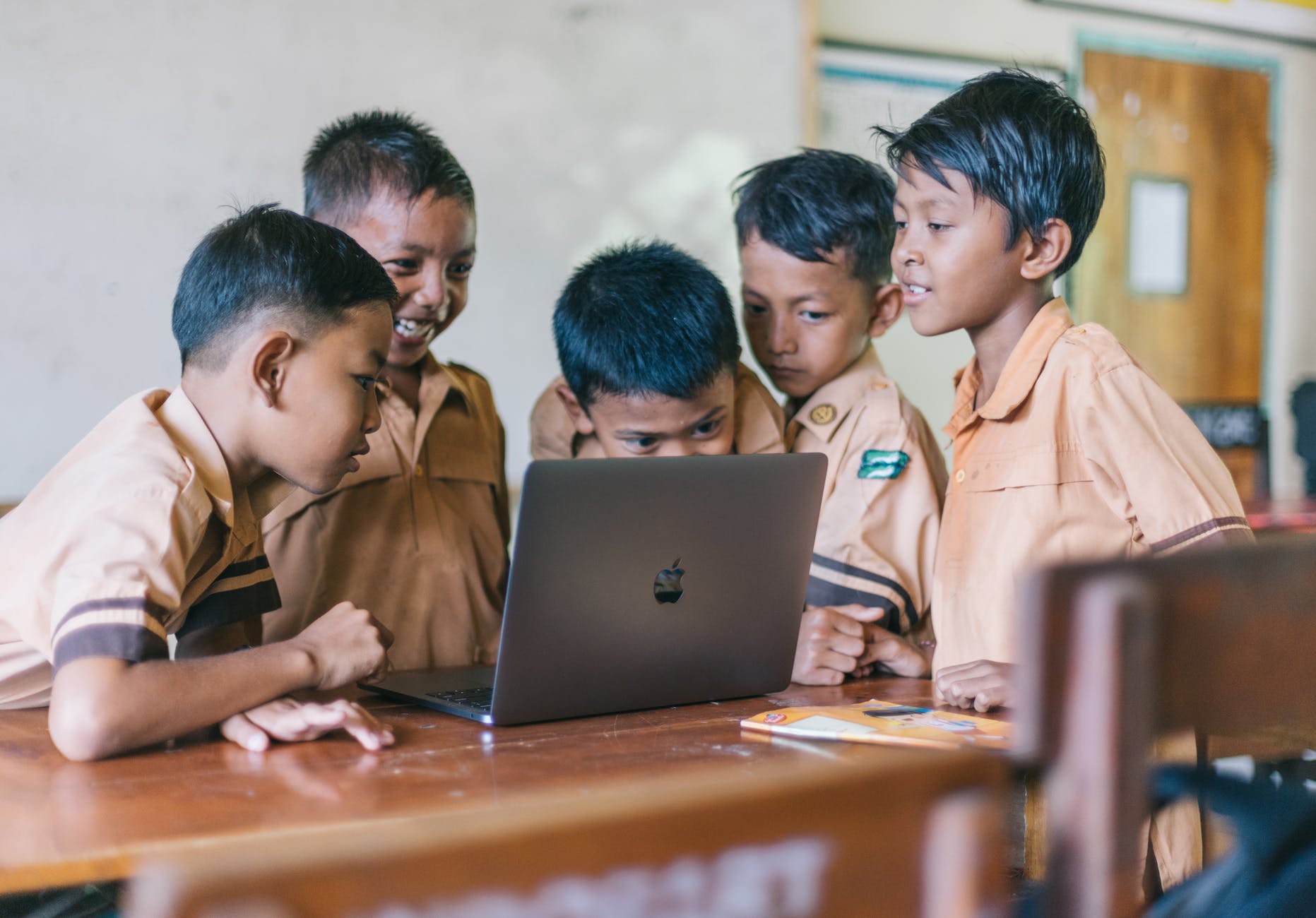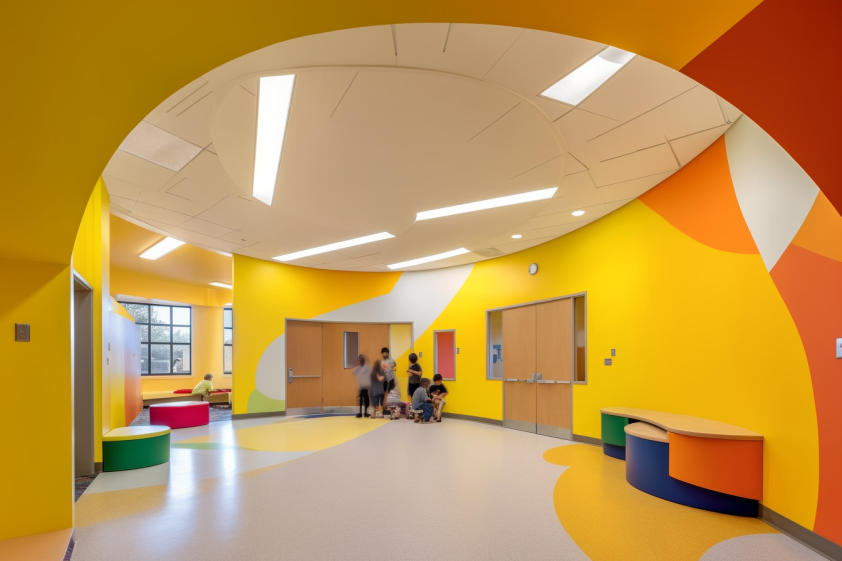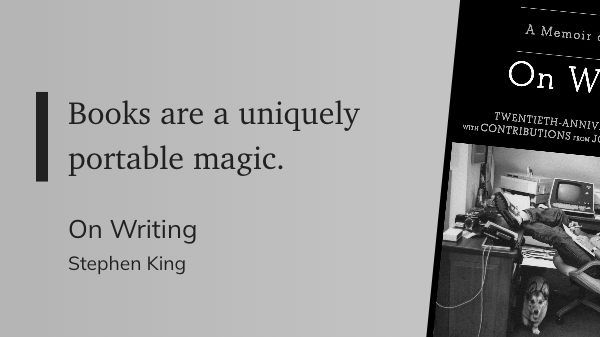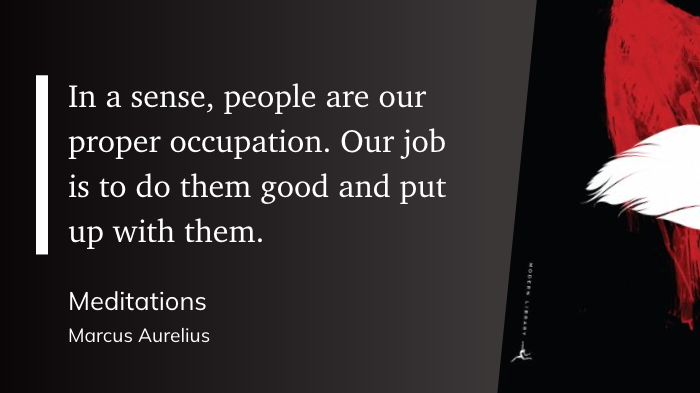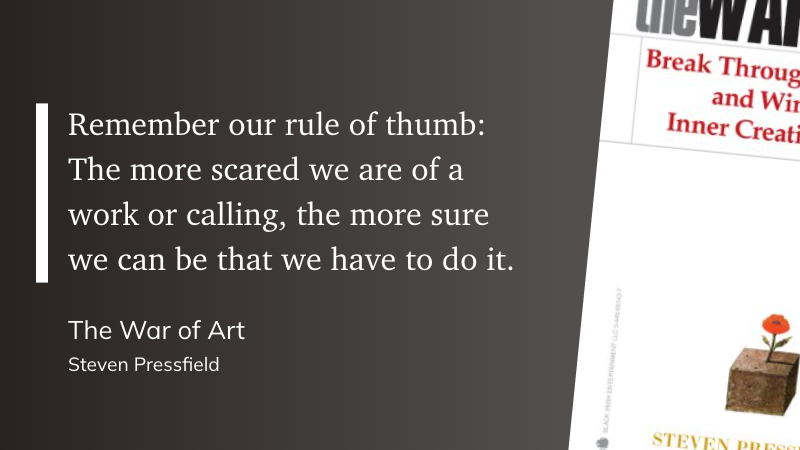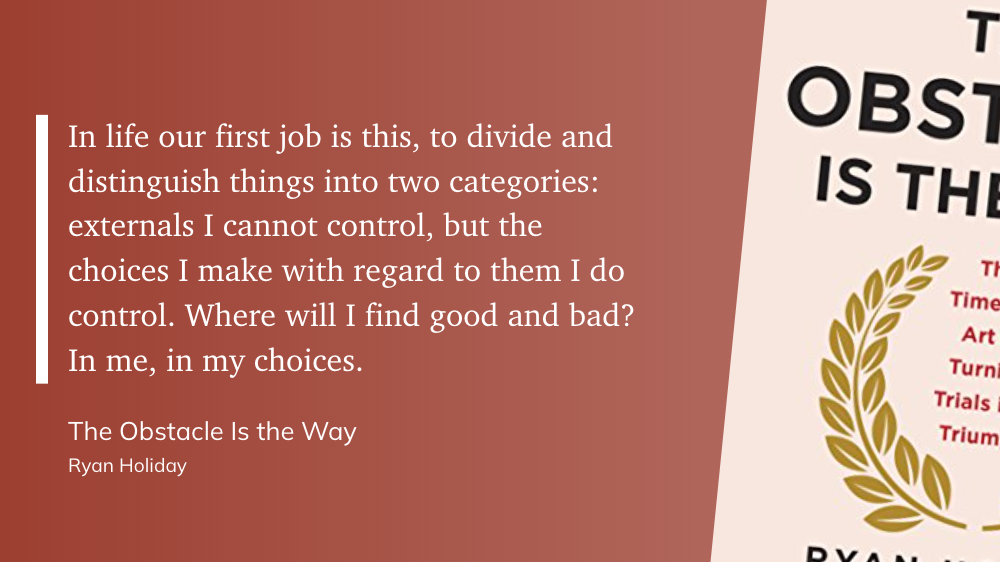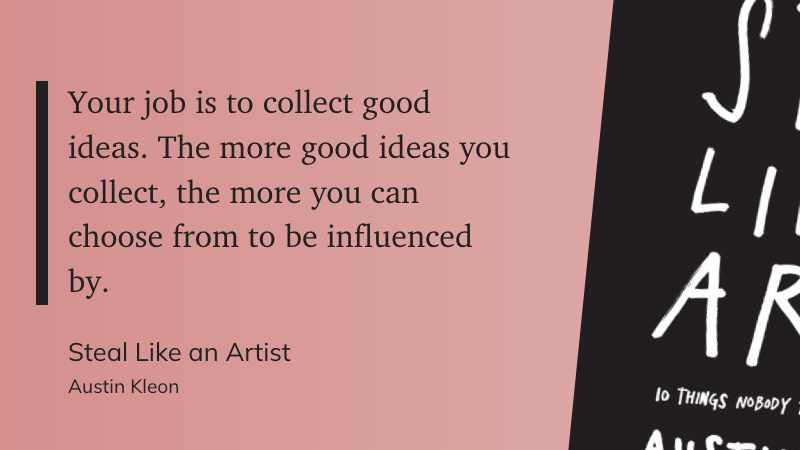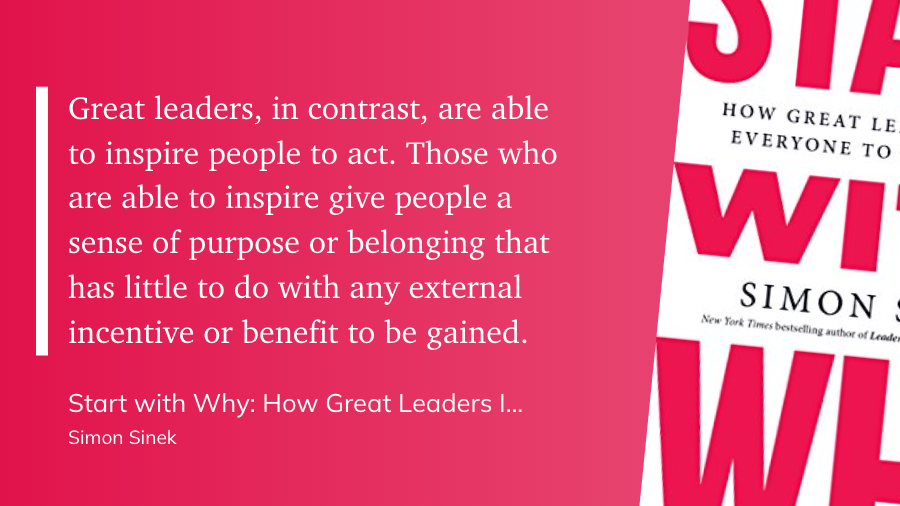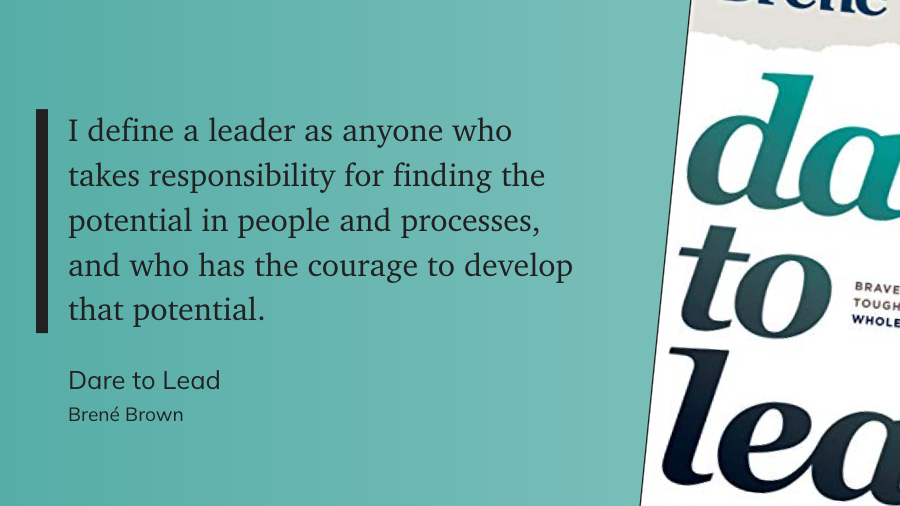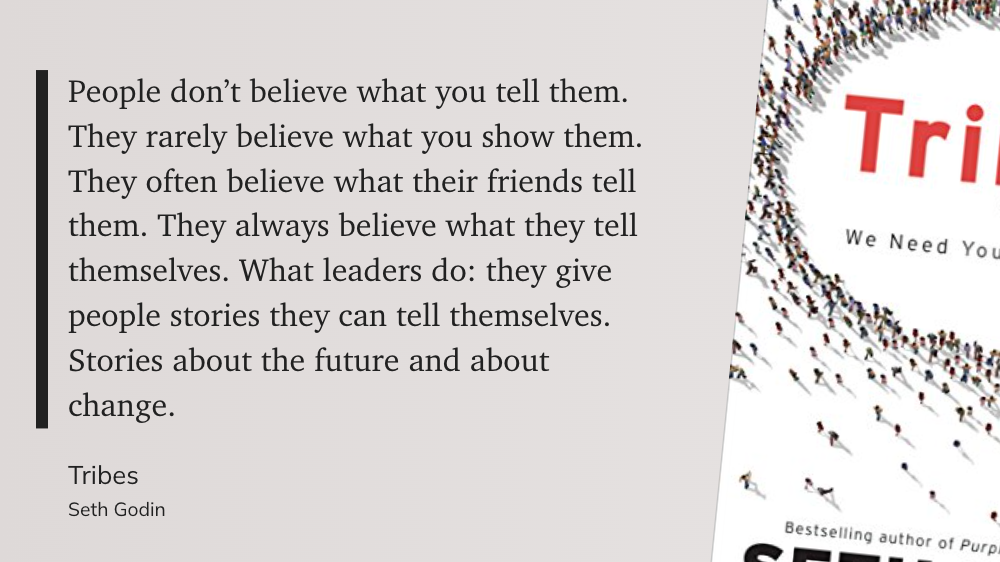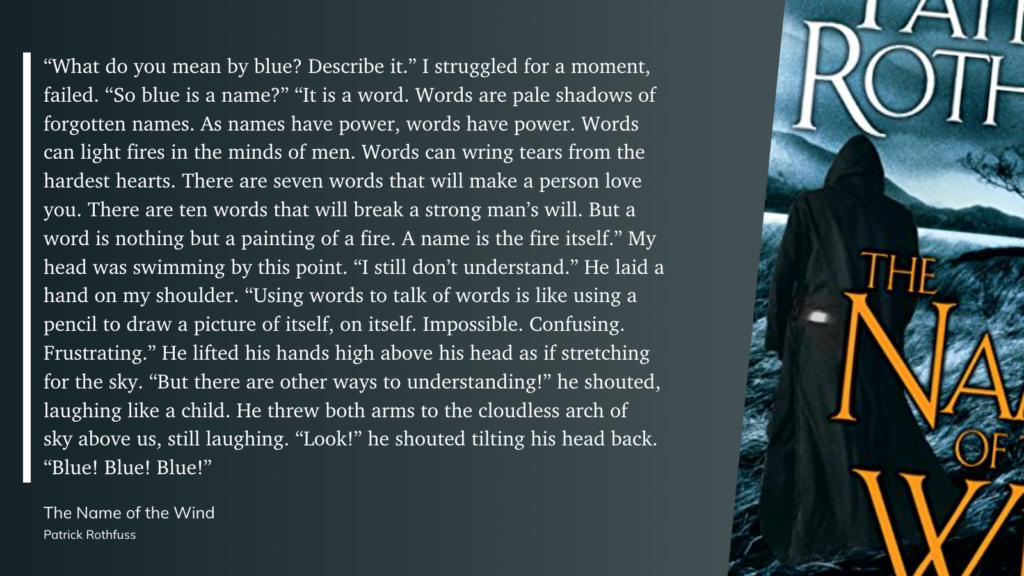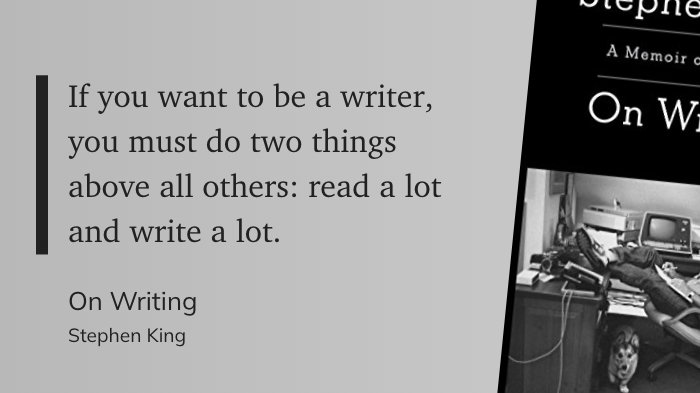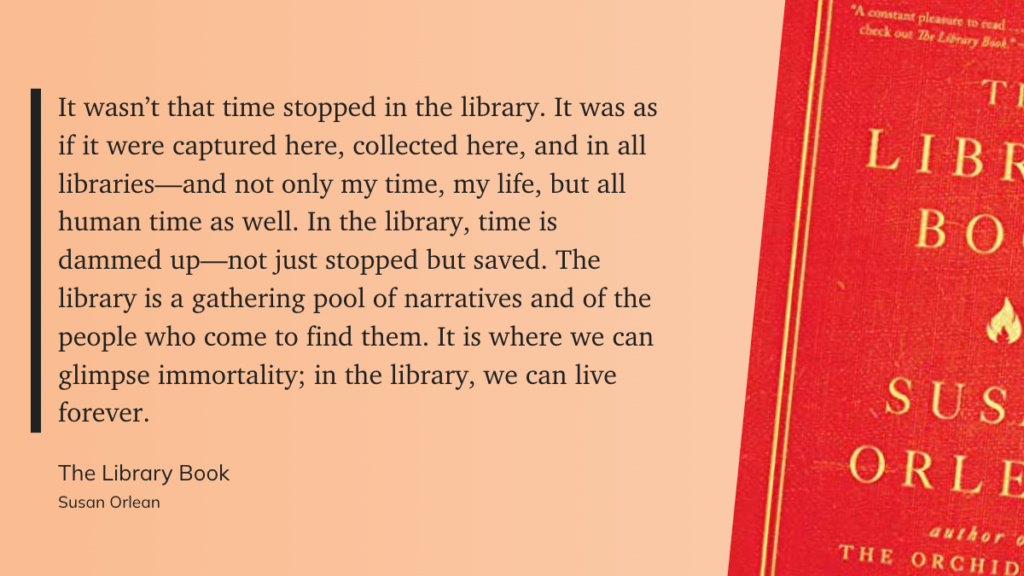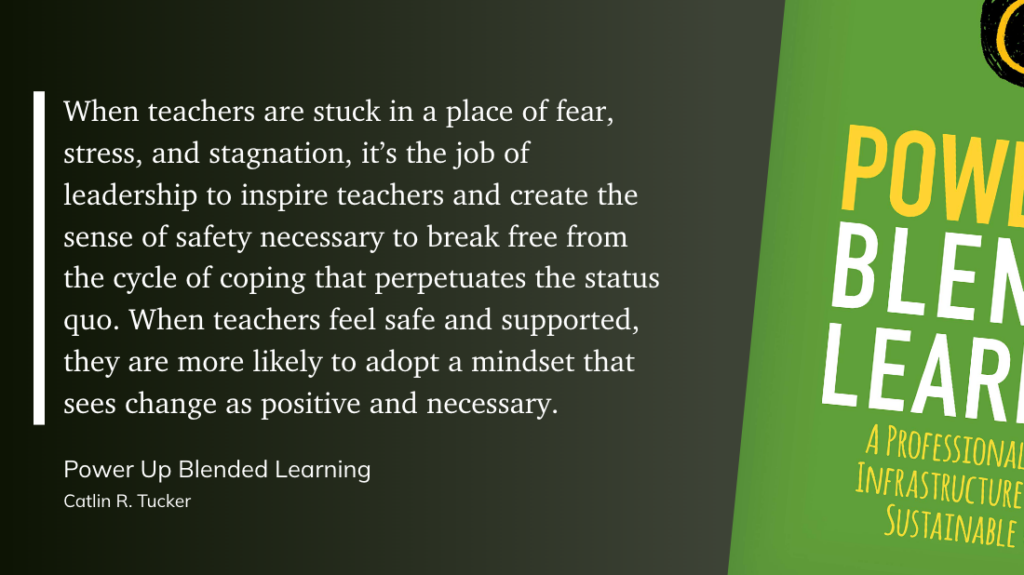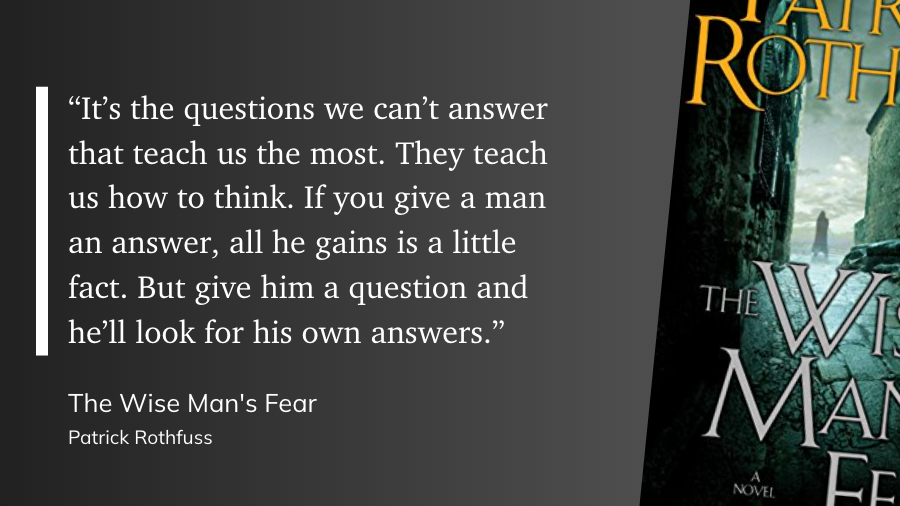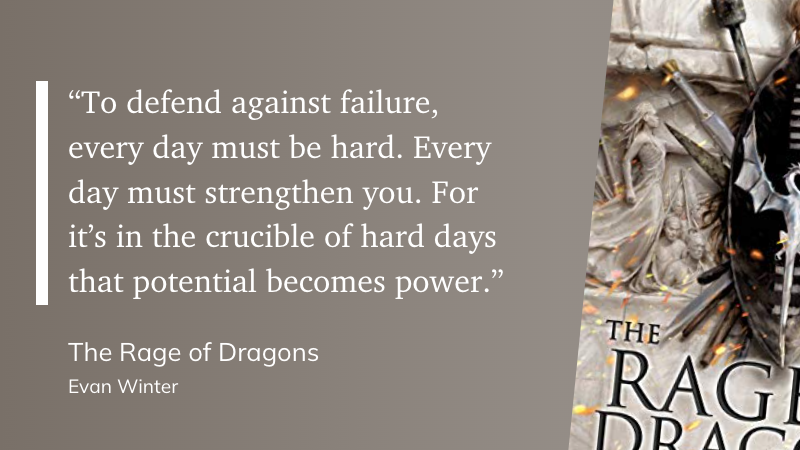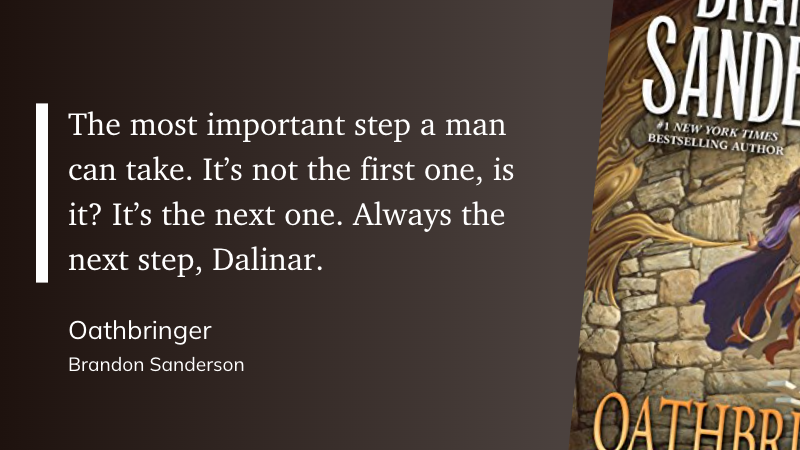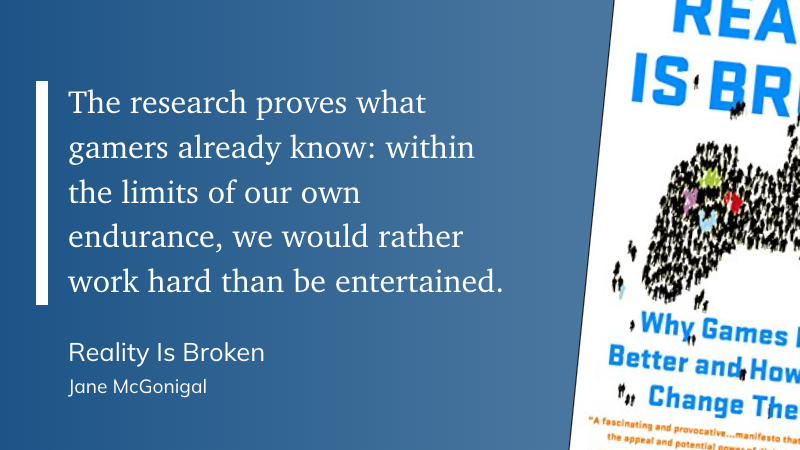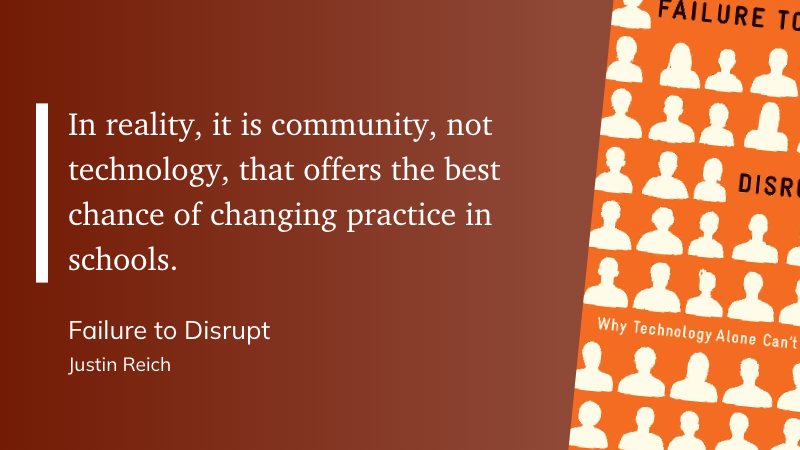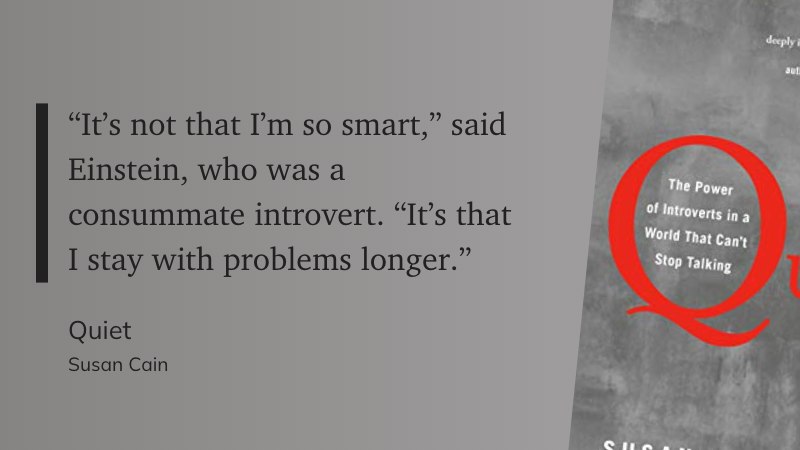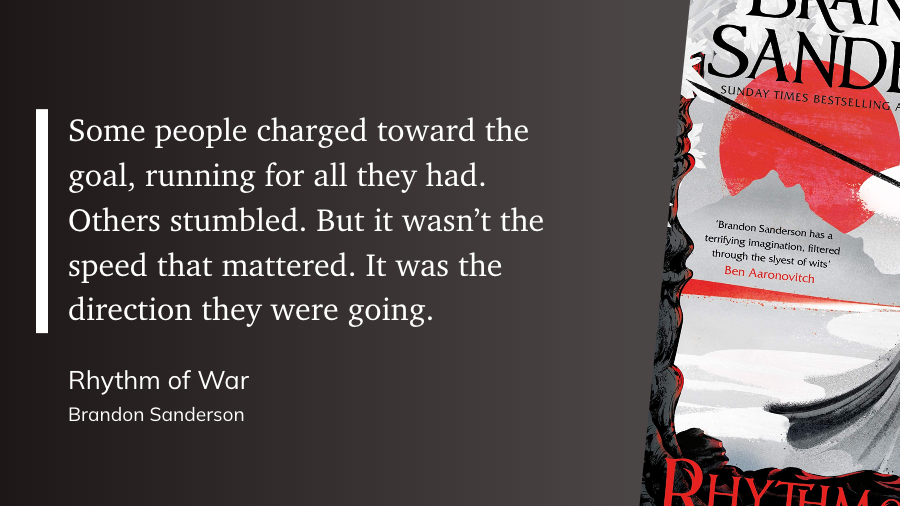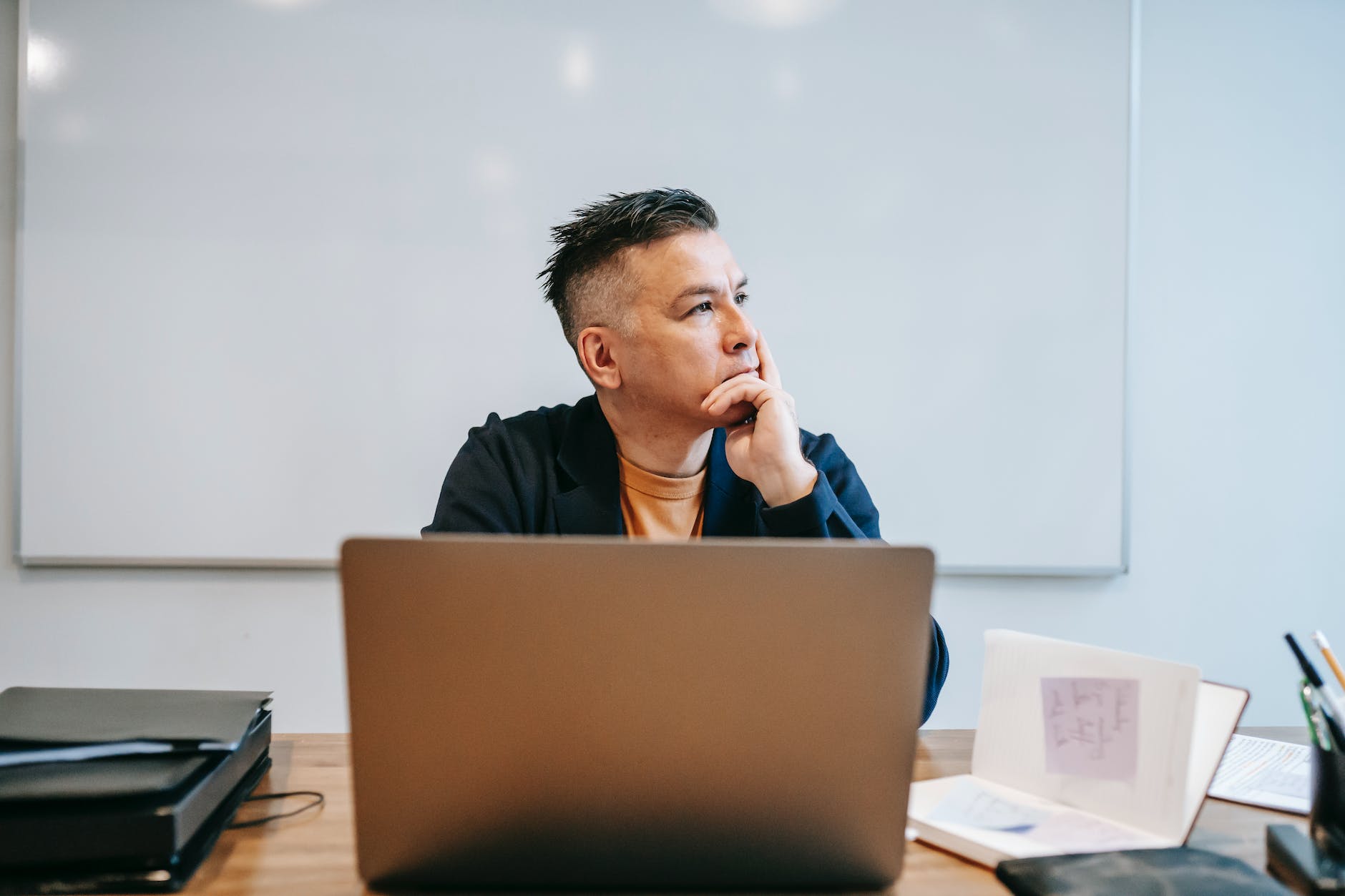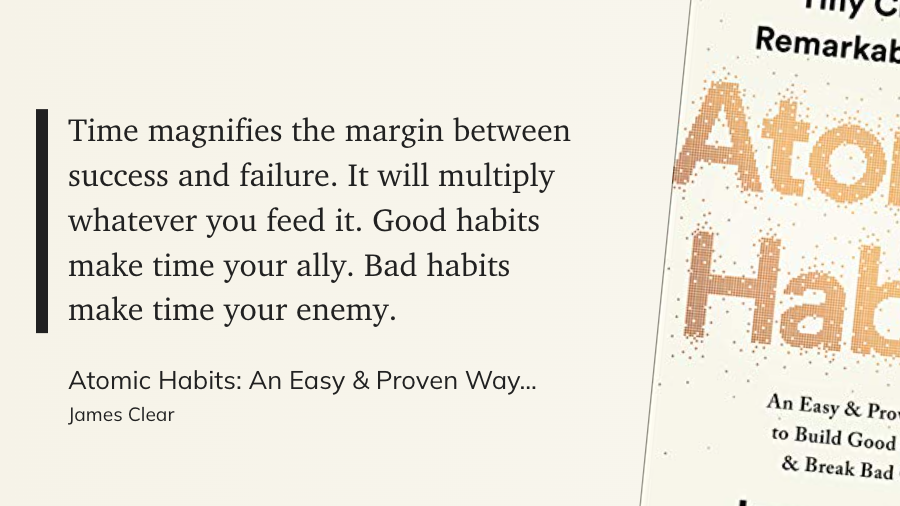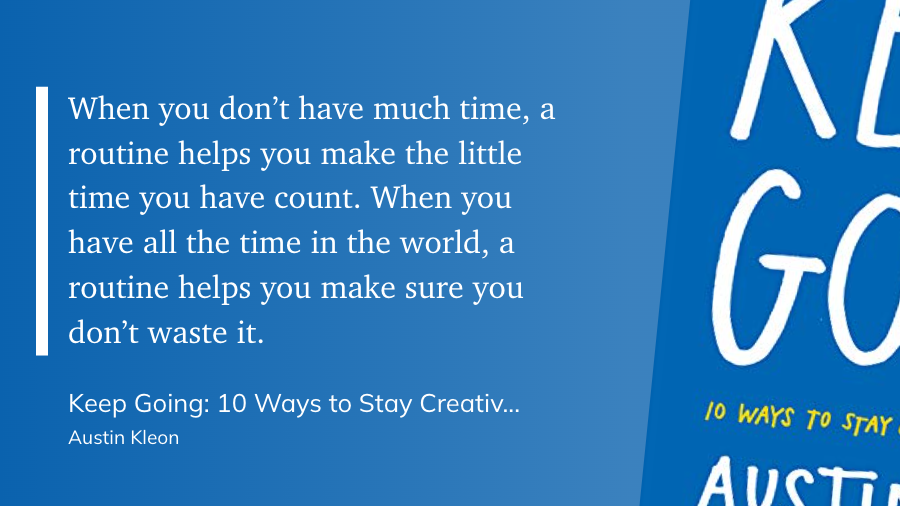As educators, we are constantly bombarded with new ideas, insightful quotes, and pieces of information that can inspire and improve our teaching practices. The challenge is finding a way to capture and organize these gems so that they can be easily accessed and applied when needed. Enter the commonplace book, a time-honored tool for doing just that.
Saving the minutiae of everyday life isn’t a new thought. People have been doing it for thousands of years and continue to do it even today (Pinterest, anyone?).
As Seneca said,
“We should hunt out the helpful pieces of teaching and the spirited and noble-minded sayings which are capable of immediate practical application–not far far-fetched or archaic expressions or extravagant metaphors and figures of speech–and learn them so well that words become works.”
What is a Commonplace Book?
A commonplace book is a personal repository where individuals collect and organize quotes, ideas, anecdotes, and other pieces of knowledge they come across in their daily lives. It’s not just a diary or journal, it’s something you can refer to over and over again. It is a space for reflection, inspiration, and creativity.
Commonplace books take many shapes and forms, both physical and digital. Whether you keep a journal, binder, scrapbook, or even a Tumblr blog (yep, it’s still around!), the commonplace book can be an essential part of your life. Heck, even this blog is a form of commonplace book.
By keeping a commonplace book, educators can harness the power of the thoughts and ideas they encounter, making it an invaluable resource for personal growth and professional development.
Enhance Memory and Recall
Educators are lifelong learners who are constantly processing new information. Writing down ideas, quotes, and insights in a commonplace book allows us to engage with the material on a deeper level, enhancing memory and recall. This practice can be particularly beneficial for educators who want to remember important concepts and strategies they can use in their classrooms.
Foster Creativity and Innovation
Commonplace books are a breeding ground for creativity and innovation. As you collect and organize ideas, you naturally begin to make connections between seemingly unrelated concepts, sparking new insights and approaches. Educators can use these connections to develop innovative teaching strategies, create engaging lesson plans, or solve problems they face in their daily work.
Encourage Reflection and Personal Growth
By curating a collection of thoughts and ideas that resonate with us, we can create a personalized roadmap for reflection and growth. Educators can use their commonplace books to explore their own philosophies, values, and beliefs about teaching and learning. This practice can lead to greater self-awareness and help educators grow both personally and professionally.
Facilitate Collaboration and Networking
A well-maintained commonplace book can serve as a conversation starter and a networking tool. Educators can share their collections with colleagues, fostering collaboration and camaraderie. A shared passion for learning and growth can create strong professional bonds, leading to more productive and enjoyable working relationships.
Cultivate a Culture of Learning
By keeping a commonplace book, educators model a commitment to learning and growth for their students. This practice can help create a culture of curiosity and intellectual exploration within the classroom, fostering a love of learning in students that can last a lifetime.
Famous Keepers of Commonplace Books
- Leonardo da Vinci: The renowned artist, scientist, and inventor kept a series of notebooks that can be considered his version of a commonplace book. He filled these notebooks with sketches, observations, ideas, and notes on various subjects, from anatomy and engineering to art and philosophy. These notebooks were instrumental in shaping da Vinci’s genius and groundbreaking work.
- Isaac Newton: The famed mathematician and physicist maintained a commonplace book where he recorded his thoughts and ideas, including early notes on calculus and the laws of motion. Newton’s commonplace book was an essential tool in his intellectual development, allowing him to process and explore complex concepts that would later become the foundation of modern physics.
- Thomas Jefferson: The third President of the United States and principal author of the Declaration of Independence kept a commonplace book for much of his life. Jefferson’s book contained literary passages, political thoughts, and philosophical ideas that influenced his beliefs and actions as a statesman.
- John Locke: The influential philosopher and “Father of Liberalism” not only kept a commonplace book himself but also wrote a detailed guide on maintaining one. He believed that commonplace books were essential for organizing and retaining knowledge, and his own book featured a wide range of subjects, including politics, religion, and science.
- Virginia Woolf: The renowned author and essayist used a commonplace book to record quotes, passages, and ideas from her reading. This practice allowed her to engage with the works of other writers more deeply and inspired her own writing. Woolf’s commonplace book was an essential tool for her creative process and intellectual growth.
How to Get Started with a Commonplace Book
Creating and maintaining a commonplace book is a simple yet powerful practice. Here are a few tips to help you get started:
- Choose a format: Decide whether you prefer a physical notebook, a digital tool, or a combination of both. Choose a method that works best for you and your lifestyle.
- Develop a system: Create a system for organizing your entries, such as by topic, date, or source. This will make it easier to locate and revisit specific ideas.
- Make it a habit: Set aside time each day or week to review your notes, add new entries, and reflect on your collected ideas.
- Share your insights: Don’t keep your commonplace book a secret. Share your favorite entries with colleagues, friends, or students, and encourage them to start their own.
In conclusion, a commonplace book is an invaluable tool for educators, offering numerous benefits that can enrich their professional lives. By capturing, organizing, and reflecting on the ideas and insights they encounter, educators can cultivate a more creative, innovative, and self-aware approach to their work. So why wait? Start your own commonplace book today!
The Eclectic Educator is a free resource for everyone passionate about education and creativity. If you enjoy the content and want to support the newsletter, consider becoming a paid subscriber. Your support helps keep the insights and inspiration coming!

